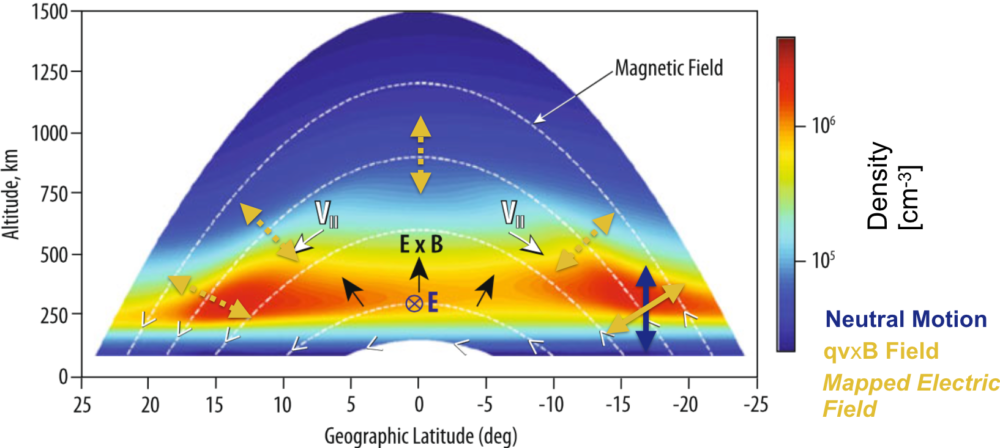The goal of this ISSI team was to better understand the origin of Traveling Ionospheric Disturbances (TIDs) and develop a new classification scheme to improve communication in the research community. TIDs are wave-like density structures in the ionosphere that are an example of Space Weather. These density structures can distort radio signals in the ionosphere, which impacts multiple applications, including over-the-horizon radar. Multiple potential physical sources have been identified, but the observations are typically described by shape, propagation, and time of occurrence rather than physical source. Sources include atmospheric waves originating in the Troposphere from hurricanes, volcanoes, and other disruptions, as well as ionospheric plasma instabilities and geomagnetic storm disruptions.
The ISSI team developed a potential generalized classification system for Medium-Scale Traveling Ionospheric Disturbances which was presented at the American Geophysical Union (AGU). After discussion and iteration with the team and the general community, this will be expanded and submitted as part of a future paper. In addition, the team published an overview of the potential generation mechanisms and open questions regarding Traveling Ionospheric Disturbances and acoustic and gravity waves. The team also hosted sessions on TIDs at multiple conferences and has begun planning an Incoherent Scatter Radar (ISR) World Day campaign to analyze the signatures of TIDs and associated waves in the neutral atmosphere for September 2024. This campaign will use global ISR observations in conjunction with a special high temporal resolution campaign mode of the GOLD spacecraft over North America in the field of view of Millstone Hill.

